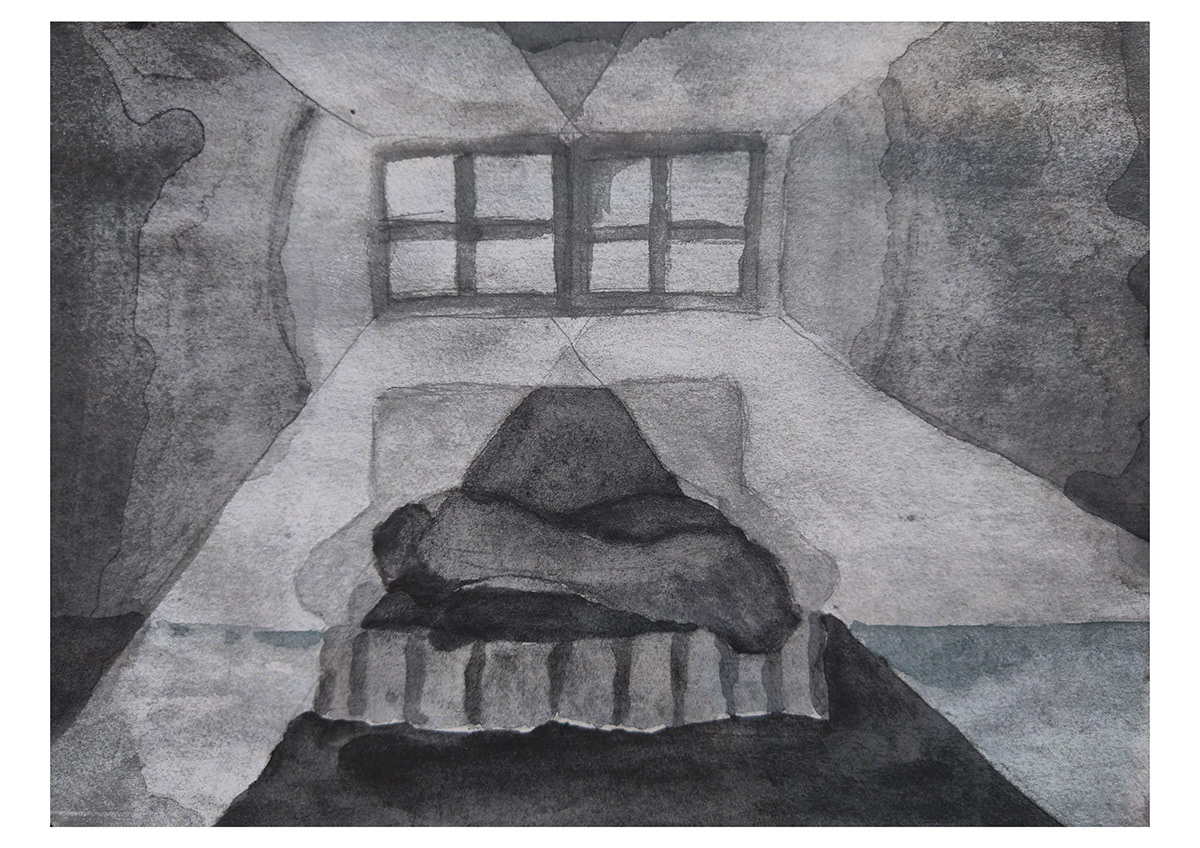
Koti Banal
How do you represent schools of thought which is not considered to be the mainstay of our lifestyle? Could our current understanding be enhanced by adopting traditional knowledge and bring us closer to living a balanced and sustainable life? While looking at this plurality of knowledge, I tried to see how traditional houses built in earthquake prone areas of North India could help us improve the structures we build.
Koti Banal architecture is a form of traditional Indian architecture still seen in areas such as Rajgarhi area, Uttarkashi District. These are multi-storeyed traditional houses which have existed as early as 1000 years BP. The presence of multi-storeyed houses in a seismically highly vulnerable region such as Uttarakhand, is in fact, a part of traditional way of building, which is supported by the presence of distinct words for four different floors of a building in the local Kumaoni and Gharwali dialects of the region. There are multiple reasons for such a type of architecture to be successful in such an area, the most important being the use of solid raised platforms, non-rigid joints and shear walls, all of which helps the buildings absorb the tremors experienced during an earthquake. The use of wood and other longer lasting materials, instead of cement and bricks alone, also helps in making the houses structurally sound. One of the reasons multi-storeyed houses are vulnerable to seismic activity is because of the use of rigid and solid joints which make up the outer walls of modern houses and the use of support pillars which are not as adept in absorbing tremors during seismic activity; as compared to the wooden beams which are interspersed throughout the faces of all the walls in a Koti Banal structure. One of the biggest downsides of this traditional architecture is the discomfort faced by its occupants, as there wasn’t an emphasis on this aspect in the initial designs of the building. In response to this, there have been multiple modifications made to the original design, as early as 728 ± 60 yrs BP. This modification could be taken forward some more to make these houses a blend of modern and traditional architecture, though the area is now mostly developed using modern styles of architecture, which does not use site specific materials and designs which are adapted to such a seismically active zone.









